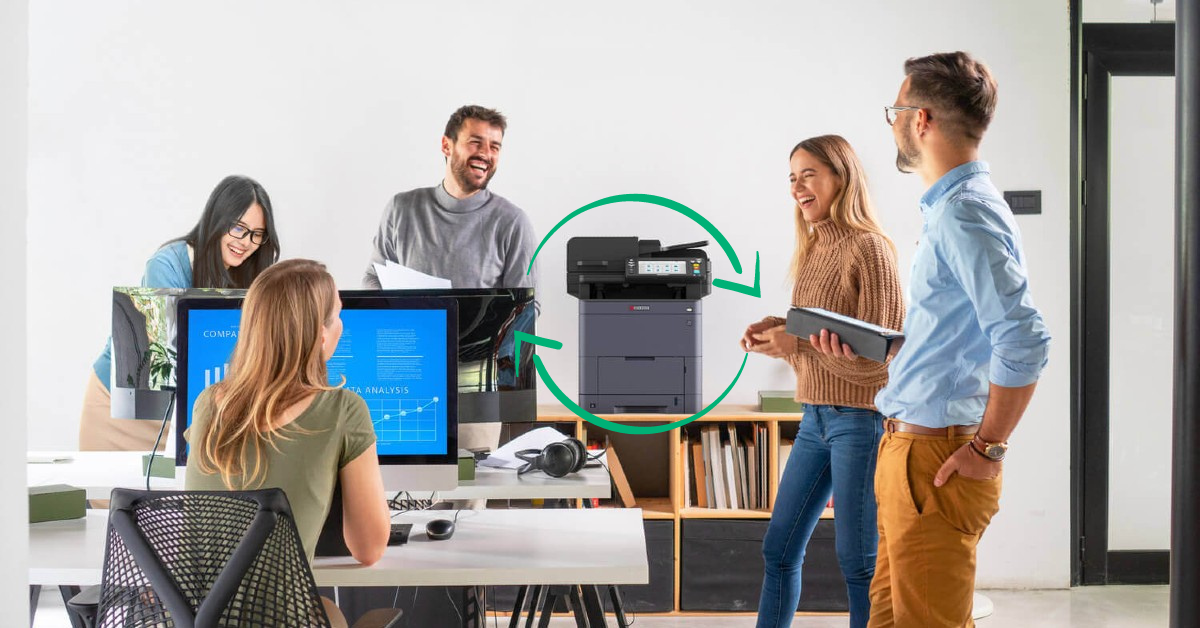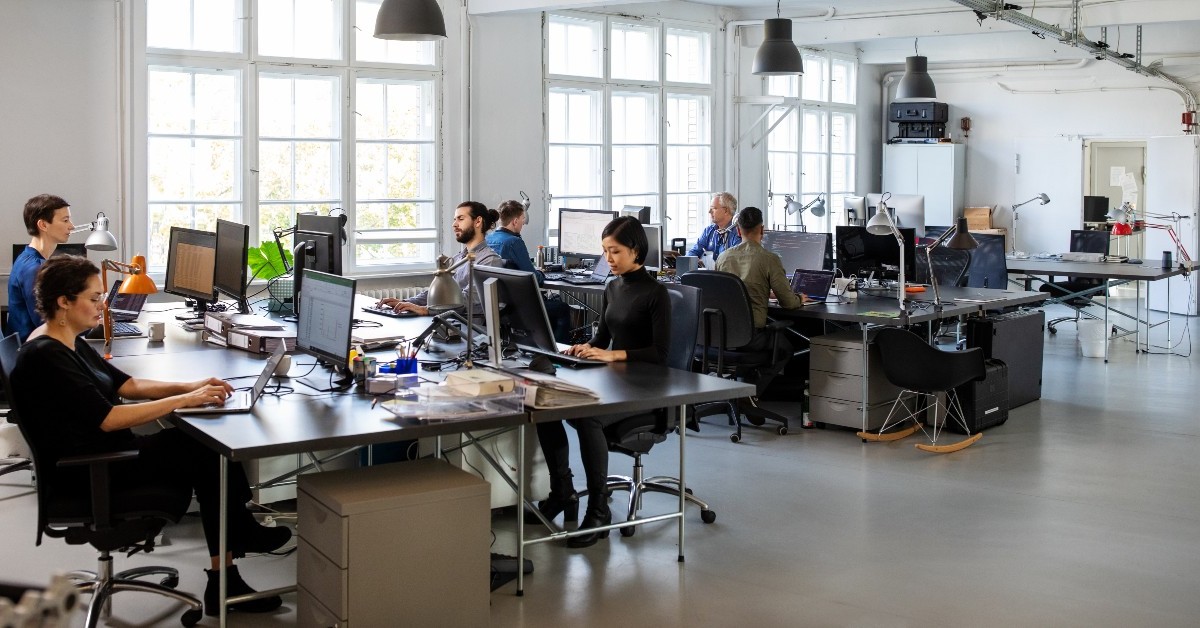%20office%20.jpg?width=669&height=447&name=How%20to%20achieve%20a%20sustainable%20(yet%20print-heavy)%20office%20.jpg)
If you’re in a workplace that turns over a lot of paper, you’re not alone. In fact according to Clean Up Australia, 1.9 million tonnes of paper makes its way into landfill each year.
For many industries, large paper volumes are an unavoidable operational cost, and to offset that against sustainable office practices seems like a somewhat impossible feat.
However, there are many ways you can strive towards being a sustainable printing office, even if your paper output is bigger than you’d like it to be; and it can be affordable and easy to implement while potentially cutting costs.
Be responsible
Paper is one of the biggest consumer materials in the world, especially when it comes to the business landscape. Corporations, big and small, are becoming more committed to reducing paper wastage as global awareness builds and technologies shift us to a more paperless society.
So if using paper is part and parcel of the business, you can still reduce your carbon footprint by ensuring the stock you use is eco-friendly recycled paper. However, recycling doesn’t stop there. Ensure the office has a strong recycling policy so that recycling bins are provided at heavy-print areas, and ensure the printing equipment is set as default to recycling trays and double-sided print where possible.
Be productive
Many modern flexible workplaces with virtual teams and work-from-home roles have implemented sustainable office ideas like secure digital file sharing and video conferencing to minimise unnecessary print wastage.
However, taking an audit of your current office equipment is the best way to assess your devices and identify who is printing what. Even if your printers are in overdrive, you can control other elements such as energy and toner usage in a bid to curb both expenses and your carbon footprint.
Check and compare your equipment energy ratings to see if they’re actually draining energy and consider low-energy printers as an alternative solution.
To better understand how much your printing and printers are costing you, you must also consider the total cost of ownership over the lifespan of the machine.
Consumables such as toner are one of the biggest ongoing costs to most printers. A device that has a high turnover of toners can prove both costly and inefficient (as you’ll need to regularly change cartridges). This goes against most green office policies.
Be aware of new technologies
With a little research, you’ll find sustainable printers and multifunction printers that might better suit the sustainable printing demands of your business. Can your current printers deliver up to 600,000 pages in just one drum? New technologies have paved the way for smarter, more intelligent hardware that is light on energy and efficient on consumables.
There is also a range of business applications on the market that can assist with workflow and document handling to ensure the workplace is running efficiently, which in turn can trim down paper wastage. Could your procedures be better streamlined? Could your document handling procedures do with a revision?
Sustainability is often a key driver of innovation and with an eye on the future, the sustainable printing landscape is no doubt set to further evolve. 3D printing is pushing to the forefront and is earning its stripes as a highly sustainable process of environmentally conscious businesses.
Corporations that want to implement sustainable practices and forgo traditional manufacturing are looking to 3D printing because it is said to reduce emissions and minimise waste.
Whatever your current print methodology is, sustainable printing in an office that has a heavy print commitment is a reality - and they can both coexist. The secret is finding the right balance and implementing sustainable office practices where you can.
Sustainability will be an important measure of success for workplaces of the future. Download our Green Office Guide to learn how to improve your environmental impact, while also reducing business costs and boosting efficiency.









